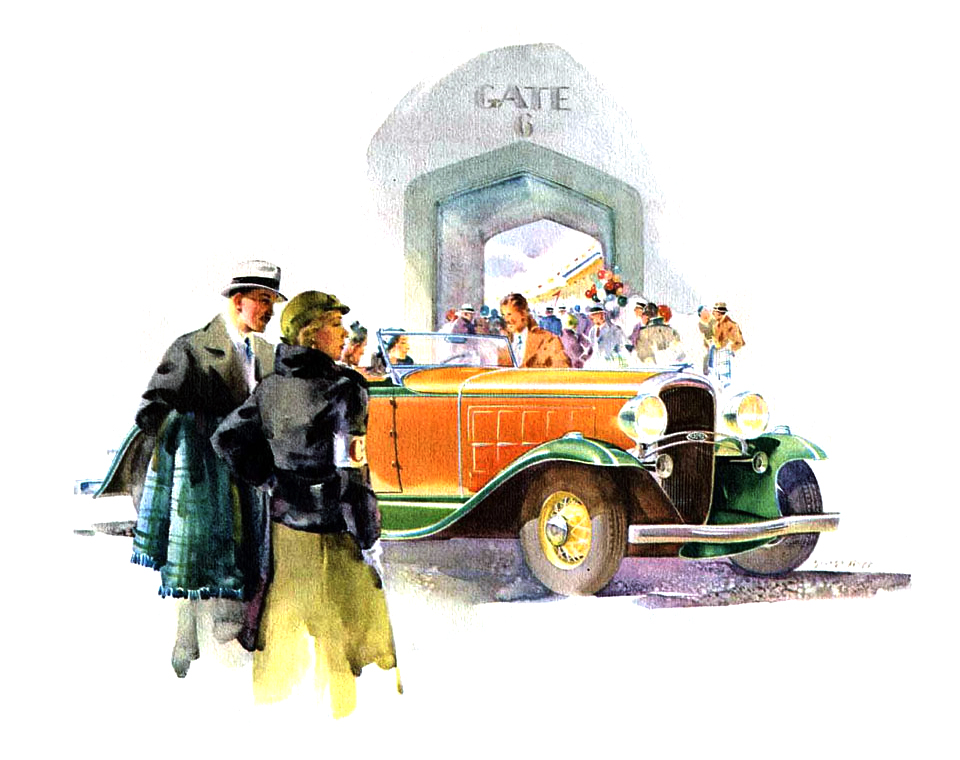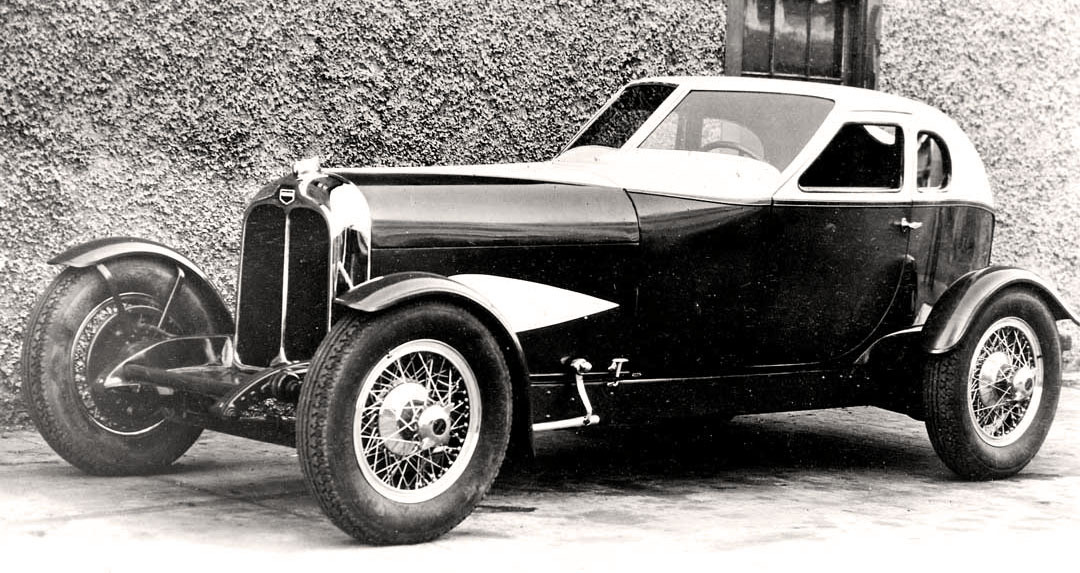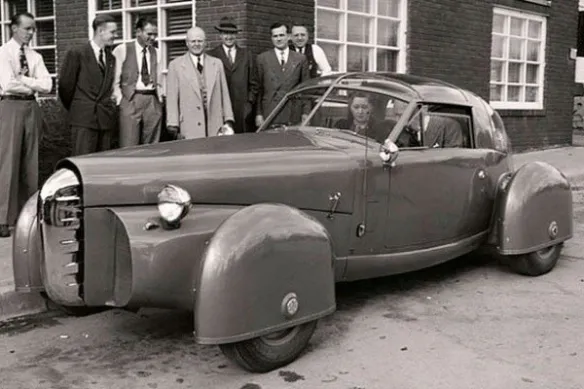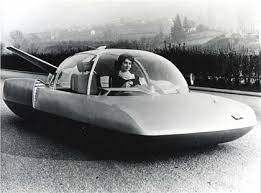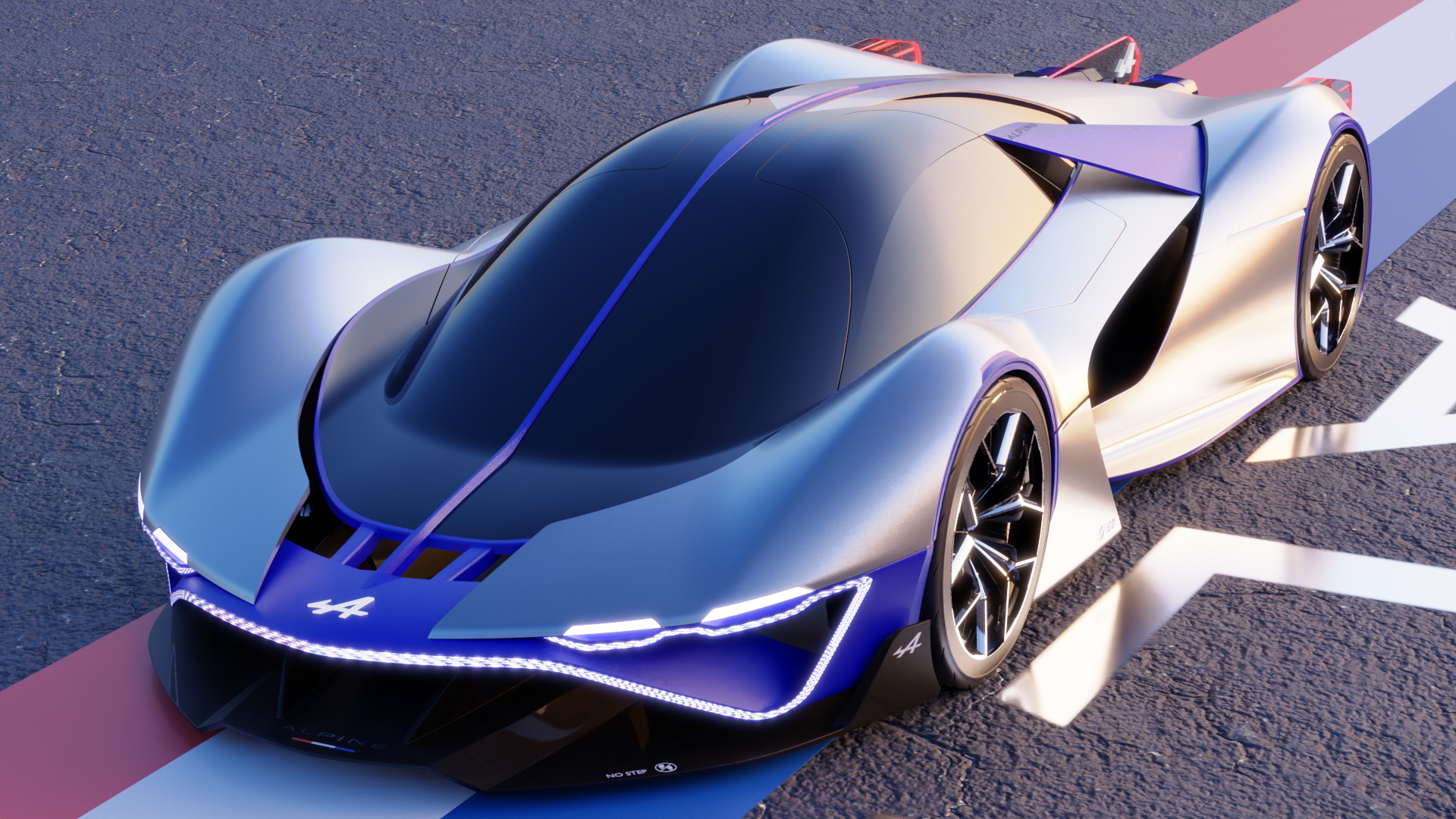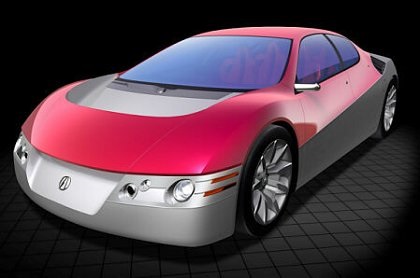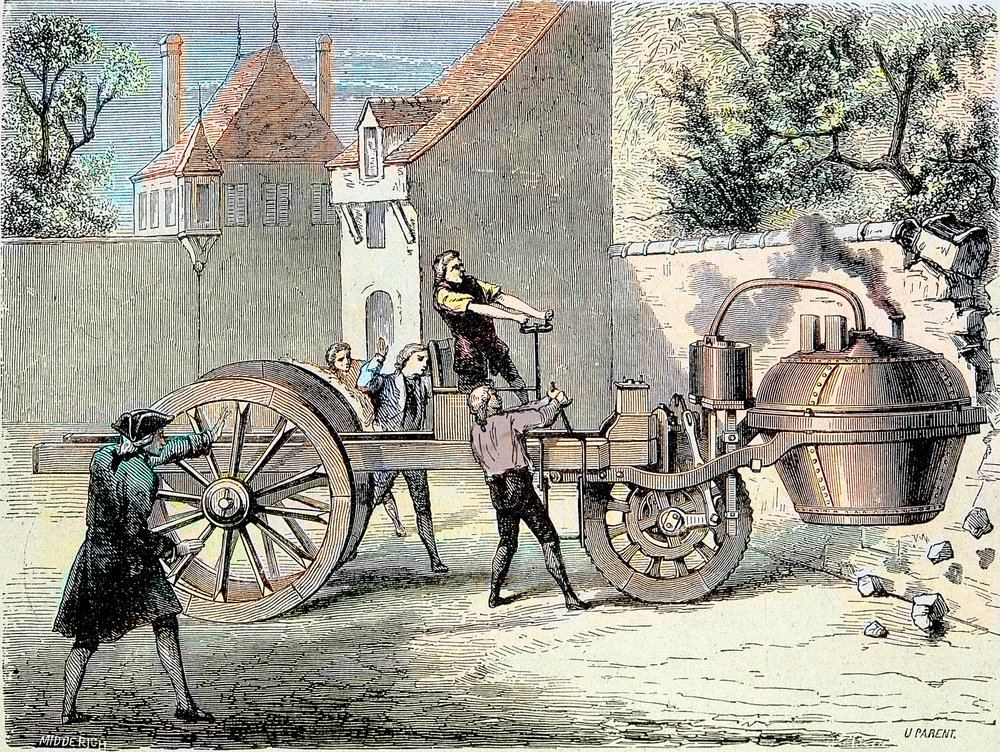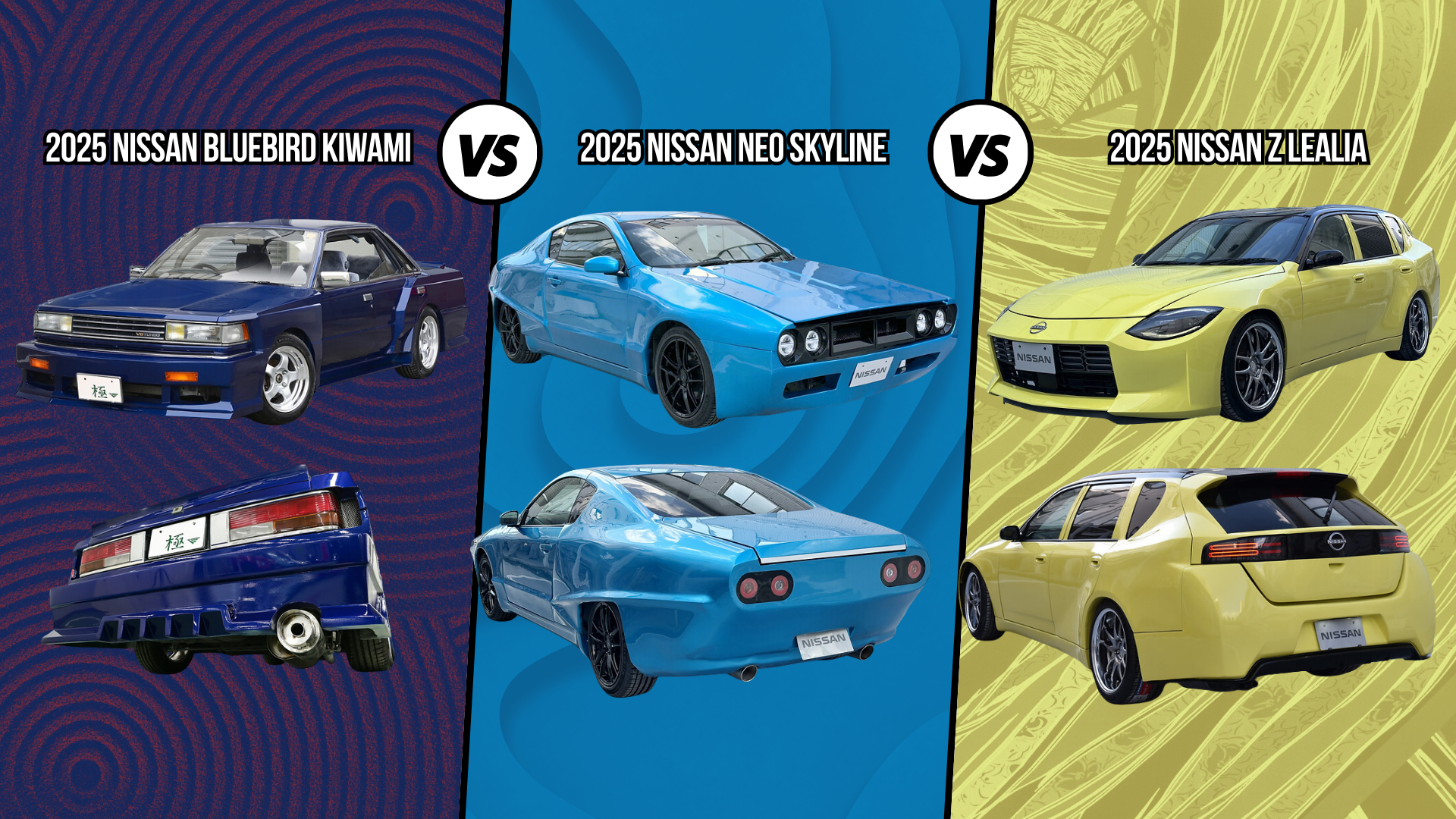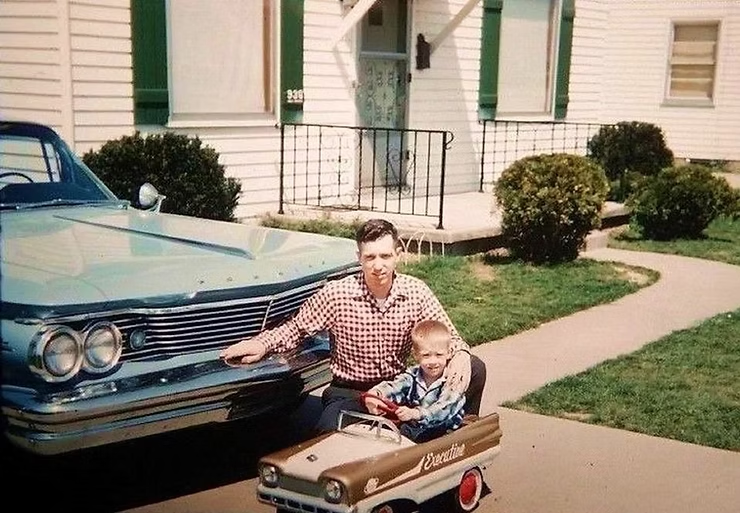2003 Dodge Tomahawk Concept
- Story Cars
- Oct 23, 2024
- 5 min read
Updated: Nov 5, 2024
The Dodge Tomahawk is one of the most polarizing concept vehicles ever unveiled. It was introduced at the 2003 North American International Auto Show in Detroit, quickly grabbing attention with its audacious design and jaw-dropping specifications. With a 500-horsepower, 8.3-liter V10 engine, derived from the legendary Dodge Viper, the Tomahawk was marketed as a motorcycle, albeit one that broke every rule of practicality and engineering logic. This futuristic machine straddles the line between a piece of fine art and an engineering enigma, embodying what happens when creativity meets brute force.
Designed by Mark Walters and the team at DaimlerChrysler, the Tomahawk was built around a simple concept: to merge a superbike with the monstrous power of the V10 engine. The result is a bike that pushes the boundaries of what a motorcycle can be, even if it sacrifices rideability in the process. The Tomahawk's quad-wheel setup (two front and two rear) was meant to provide stability, but it also raised questions about whether the Tomahawk could even be classified as a true motorcycle.
Aesthetically, the Tomahawk looks more like a prop from a dystopian sci-fi movie than a vehicle you’d expect to see on the road. Its body is a futuristic mix of gleaming polished metal, ram-air intakes, and exposed engine parts that convey pure, unrestrained power. Every aspect of the Tomahawk’s design screams excess and spectacle, but as Alan Mudd from Design Continuum noted, the real message it conveyed was that Chrysler was full of passionate, creative minds unafraid to push boundaries, even if those boundaries led to impracticality.
Dodge made some bold claims when the Tomahawk was introduced. The company suggested a top speed of over 300 mph (480 km/h), a staggering figure that would have made it the fastest motorcycle in history by a long shot. The bike’s 500-hp engine, coupled with a unique four-wheel independent suspension system, seemed capable of breaking speed records—on paper.
However, these claims quickly drew skepticism. Jeff Karr, writing in Motorcyclist magazine, questioned the veracity of these figures, pointing out the aerodynamic limitations of the Tomahawk. Karr noted that a vehicle like the Suzuki Hayabusa, with much better aerodynamics and significantly less drag, would still need around 460 horsepower to approach 300 mph. Given the Tomahawk’s bulkier, less aerodynamic design, Karr estimated it would need at least 700 horsepower to reach those speeds.
Moreover, the lack of rider protection—no windscreen, fairing, or measures to prevent aerodynamic lift—made it dangerously unsafe at high speeds. Dave Campos, a veteran of land-speed motorcycle racing, expressed doubt that the Tomahawk could even reach 200 mph (320 km/h) without lifting the rider right off the bike. The consensus was clear: while the Tomahawk’s engine could theoretically push the vehicle toward extreme speeds, the laws of physics and aerodynamics were major obstacles.
To better understand the aerodynamic limitations, Jeff Karr again highlighted the importance of drag coefficient and frontal area, critical factors in high-speed performance. Motorcycles like the Suzuki Hayabusa and Kawasaki ZX-12R, built with performance in mind, have significantly lower drag compared to the Tomahawk. With no wind protection or stabilization at high speeds, the Tomahawk's design was simply not conducive to safe or controlled high-speed runs.
Karr and others also discussed how aerodynamic lift could rip a rider off the bike, and the lack of a rider's fairing would make it impossible to maintain stability. While Dodge's marketing department continued to tout the bike's potential for extreme speed, these practical issues were consistently brushed aside, turning the Tomahawk into more of an engineering oddity than a serious performance machine.
Despite the wild claims about the Tomahawk's speed, Chrysler never officially tested the bike to its alleged limits. Chrysler’s Chief Operating Officer Wolfgang Bernhard admitted in 2003 that no one had ridden the Tomahawk faster than 100 mph (160 km/h). The Tomahawk was even taken to the Bonneville Salt Flats, but no high-speed run was ever attempted, nor was it tested on a dynamometer to verify its top-speed potential.
The Tomahawk did make an appearance at the Goodwood Festival of Speed, where it was ridden by Bud Bennett of RM Motorsports. However, the bike only reached about 70 mph (110 km/h) before Bennett called it quits. According to Bennett, only four people had ridden the Tomahawk by that time, underscoring just how rare and mysterious the bike remained, even for those within the industry.
From the moment it was unveiled, the Tomahawk became the subject of both awe and ridicule. AutoWeek magazine jokingly suggested that anyone attempting to ride the Tomahawk at top speed would be a prime candidate for a Darwin Award, a tongue-in-cheek reference to dangerous behavior leading to self-elimination from the gene pool.
But not all reception was critical. Glynn Kerr, a freelance motorcycle designer, offered a serious critique, pointing out the lack of attention to basic motorcycle design principles. Kerr believed the Tomahawk represented a lack of curiosity about how motorcycles work. He criticized the bike for its overly simplified bodywork and poor ergonomics, which made it feel more like an afterthought than a carefully considered concept.
Despite this, the Tomahawk was seen as a success in publicity terms. Chrysler achieved what it set out to do: create a buzz. The bike embodied the company’s daring spirit and reminded people of Chrysler’s innovative streak. As Camilo Pardo, chief designer of the Ford GT, put it, the Tomahawk was a bold and beautiful piece of experimental art, more at home in a living room than on the road.
Ultimately, the Dodge Tomahawk was less a practical motorcycle than a conceptual showcase. It demonstrated Chrysler's ability to push the limits of engineering, even if the result was a machine with dubious real-world utility. The Tomahawk has been called everything from a “wet dream for adolescent gearheads” to a “piece of art”. For all its faults, it remains an iconic symbol of what happens when creativity and excess collide.
Industry experts like Jin Kim from Toyota and Lars Erik Lundin from Volvo gave the Tomahawk credit, admiring the sheer audacity and courage required to create such an experimental vehicle. While the Dodge Tomahawk may never have hit the record books as the fastest motorcycle, its legacy as a daring and provocative concept lives on.
The Dodge Tomahawk is a legend in the world of concept vehicles. With its outlandish design, enormous power, and controversial top speed claims, it remains a striking example of what can happen when engineers and designers push the envelope. Although it never reached the performance heights initially promised, its impact on automotive design and marketing is undeniable.
The Tomahawk was never meant to be a serious contender for speed records, but instead to showcase Chrysler's wild imagination and engineering prowess. It remains a piece of automotive history—a testament to the company’s daring and ambition.














